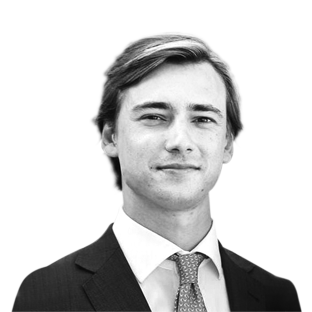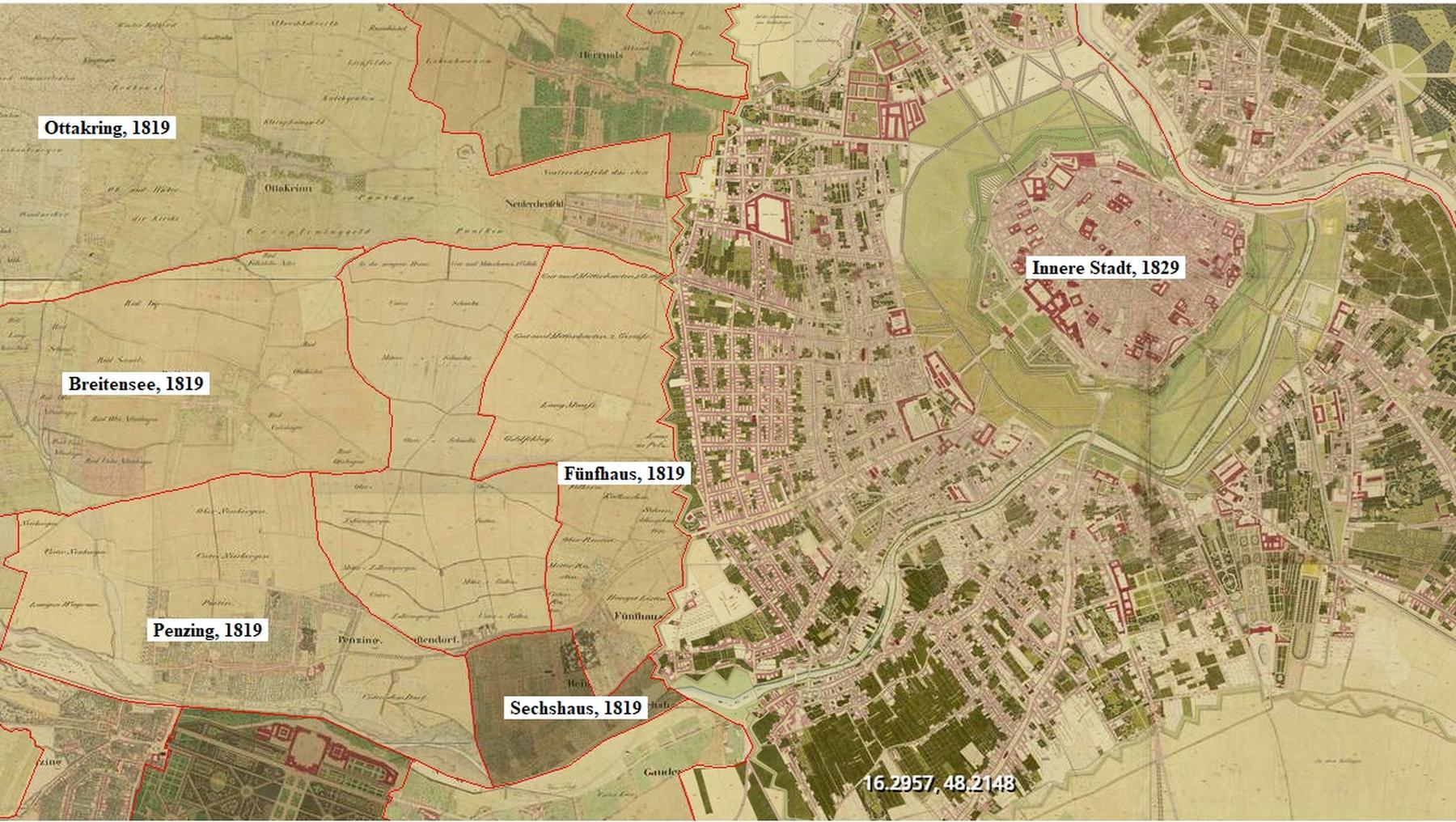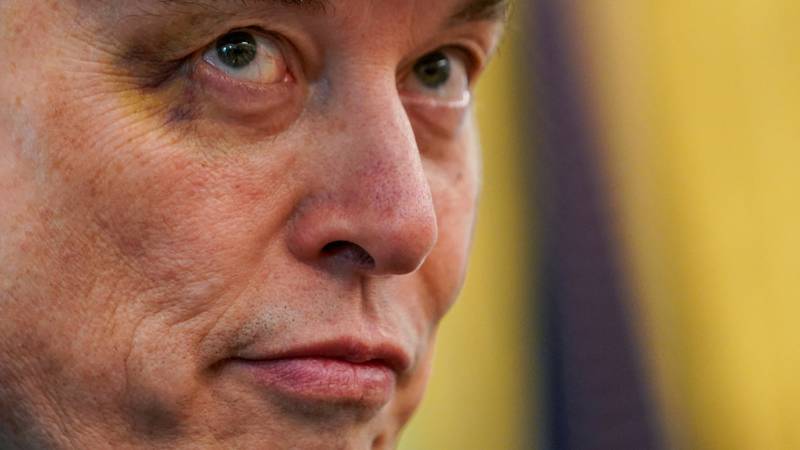Bonds that use famous. « It’s a breakdown to me »

Burla attempts are increasingly part of our daily lives. We arrive by email, message/call call or through the chat on social networks. But in recent times, there have been several cases of circumvents in Portugal to use the unauthorized use of the image of public figures, with the aim of deceiving the public and gaining illicit economic advantages. As explained by lawyer Sofia Matos, this phenomenon, known as Celebrity Scamhas been gaining scale, «Taking advantage of the notoriety of people known to the general public to promote fraudulent schemes, often related to alleged investments or sale of miraculous products». These frauds are generally disseminated through paid advertisements on social networks or search engines, where it is misleadingly presenting a public figure to give an interview or make an investment recommendation.
The scheme
Alongside the name and image of the person, the burns use logo logos to give credibility to the content. « In many cases, the announcement simulates news, suggesting that the public figure will have made significant profits with a particular investment, encouraging the reader to follow the same path. »details the lawyer. Unfortunately, in Portugal, this type of fraud has become more frequent. In fact, Sofia Matos recalls that the Attorney General’s Office has already warned of the severity of the situation, referring to these campaigns as forms of «Aggressive scam» and underlining the need to reinforce vigilance and the fight against the phenomenon. «The ease with which it is possible to disclose paid advertising on social networks, without strict verification of content, contributes to the proliferation of this type of scheme»clarifies.
On the morning of May 3, for example, Margarida Corceiro left an alert in the Instagram. The actress shared images of alleged news that report that her home would have been the target of search, which would lead to «Shocking discoveries». Following this lie, the rumor was still running that it would have been «Arrested by the authorities». «Portuguese require liberation from Margarida Corceiro after scandalous interview»read in the title. The sharing was accompanied with images of the artist with several bruises on the face. «False news is circulating with my name/ image. The link leads to a scam site – don’t click! It is fraud. Be very careful »started by asking. «It’s all fake! Do not click on the links, do not leave your data »reinforced. According to the image shared by the young model, the site deceives the reader when passing through the Public. When the user accesses these contents, frequently accesses false pages that request personal data or bank transfers.
According to Rogério Bravo, specialist in computer crimes and former coordinator of the Judicial Police, this type of attempted slogan is designed for «Encourage the victim’s curiosity». « These » links’ end up becoming dangerous because they tend to spread malicious programs that infect systems, compromising data and information security (eg by illegitimate access) and system (spying the authentication used on platforms, such as bankers) « explains. « People who serve to leverage the scams should take two positions: to announce on social networks that they have nothing to do with the scheme, and file a complaint to the Judicial Police. »suggests.
Famous attentive
In April last year also Rita Pereira saw her image used in these ads, having warned the fans through the Instagram. Publications imitated the header of Express. «Any use of my image or my name that is not true is a breakdown to me»says the artist Sunrise. “There have been many untruths, in more than 20 years of career, which were affirmed as certainties. Nowadays, we are facing a new paradigm, which has arrived with social networks and artificial intelligence: faster in the spread of messages and an associated, albeit changed face »he vents, revealing that all kinds of content has already arrived, namely and more recently, a video « your » Produced using AI, to entice people to practice illegal game. « Not only is it dangerous, but it scares me a lot, because it seems so real »admit.
According to Rita Pereira, she is also «In the process of informing themselves how we can combat this subject». « Therefore, what worries me, at first, is to maintain the truth of the facts »reveals. «It is terrifying to think that there are many people deceived using my image. What is important is to warn of the problem and contribute, in some way, to the literacy of netizens who bump into these changes in reality, with the purpose of not only denouncing who does so, but also creating a critical meaning to stop the dissemination of doubtful content »says the actress. «I believe there is a lot of way to brave. We talk about a very recent theme, and legislation to adapt. That’s why, yes, it is our role to alert and deny it, and try to contribute to the responsibility of the authors of these atrocities »adds.
João Baião has also seen his name used for burlas in which, online, someone has passed himself, asking for money from people. «I usually get messages on my social networks and promptly warn people that I am not making such orders»guarantees the Sunrise. The presenter said he has already filed a complaint to the Public Prosecution Service and PJ due to this type of situations. « Whenever we are aware of these situations we immediately pass the subject to our team of lawyers, for them to gather all possible data to the process. »reveals. According to the actor, this is «A relatively recent theme»: «I think even we, public figures, are still trying to understand what is within our reach. It is undoubtedly a theme that requires greater regulation so that it can be avoided and for those responsible to be punished »defends.
What does the law say?
From a legal point of view, the unauthorized use of the image of a person for fraudulent purposes can have criminal and civil consequences, as explained by Sofia Matos. « At the criminal level, these practices may fall into illicit-related illicit?clarifies. Depending on the case, continues, may be in question « Infringements provided for in the Penal Code and the cybercrime legislation, which include from the abusive use of systems or data, to the creation of schemes aimed at deceiving users and gaining economic advantages».
In the civil level, the visited person can « To invoke the protection of personality rights, in particular the right to image and reputation, having the possibility to demand the removal of the contents and to claim compensation for the damage suffered».
The lawyer admits that despite the existence of legal framework, the identification of those responsible for these slops is often difficult: “Contents are generally published through international platforms, with servers housed outside the European Union. Many of the websites are recorded with false data and work for short periods, disappearing quickly after the start of fraud »regrets. In addition, those responsible resort to virtual private networks (VPNs) and other mechanisms to hide their identity and location. « Even when content removal orders are issued, they may take time to run, and sometimes ads have already been viewed by thousands of people »adds the expert.
Public figures that see their image used in these schemes can adopt various measures. Firstly, the lawyer explains, must submit a complaint with the authorities. Simultaneously, « They can report the content to the platforms where ads have been released, requesting their removal for breach of image rights». «It is also recommended that they do a public clarification to alert their followers and try to minimize damage»points.
Ads appear on platforms like the Instagram, Facebook or Twitter. Asked if they should be safer, Rogério Bravo says that the westernized world is in a paradox between “The defense of freedom of expression, the defense of personal data (unlike privacy) and the exploitation of these DLGs allowed them to be used to use platforms without great control; No one wants to assume that there is ‘moderation’ of the contents (but it exists, under the reporting of the users thers) ».








